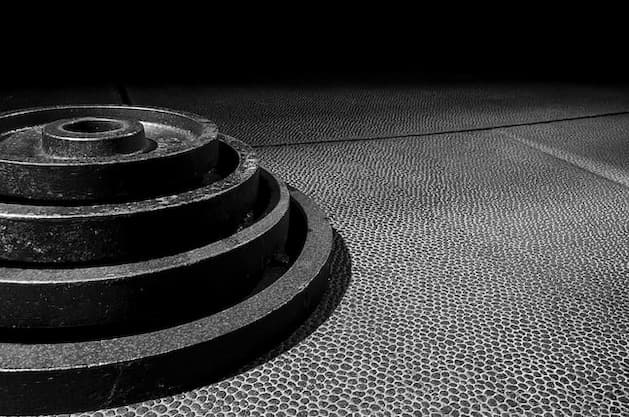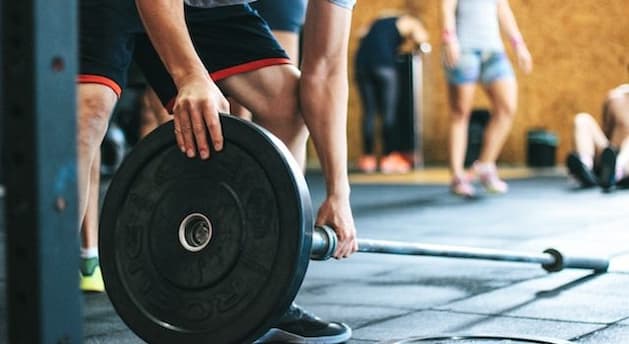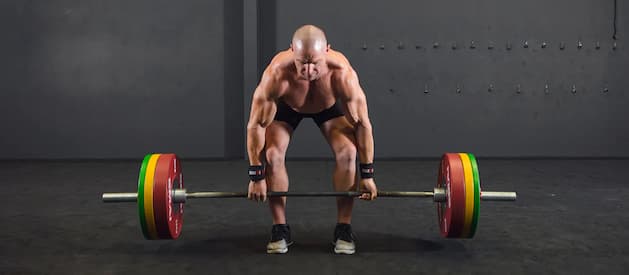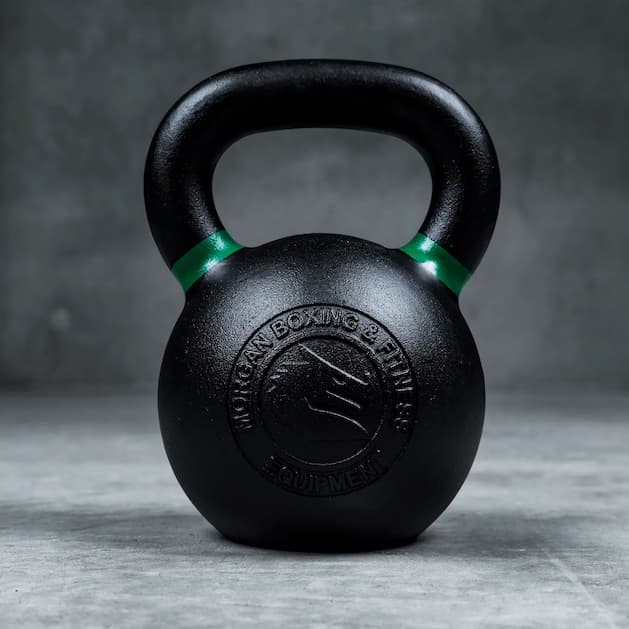Weight training or weight lifting is an activity that involves weights as tools to improve your body’s physique and tone the muscles. You can do weight training by lifting free weights such as dumbbells, Olympic bar and weight set, or weight machines. You don’t have to do it for 90 minutes every day to see some results. For many people, 20-30 minutes 3-4 times a week sessions are enough. The main thing is to learn the proper techniques, do a warm-up, start slowly and take some time to rest in between sessions.
The Different Types of Weights
Weight Plates

Even though weight lifting equipment can be expensive, we all know it’s an excellent investment. You’ll have a gym in the comfort of your own home, no expensive gym memberships, no monthly gym payments and no travelling costs, so it’ll pay off in the long run. One of the best ways to do weight lifting is using weight plates. There are three categories, studio discs, standard plate sets and versatile Olympic plate sets.
Studio discs are suitable for lighter exercise. They’re almost always coated in rubber, have bright colours and are smaller in size. The centre bar hole is 30mm, and you can easily add and remove them from a bar. Standard plates are the first choice for home weight lifters. Their hole diameter is only 2.5cm and won’t fit other bars than their own, so be careful when you buy them. Olympic plates have a 5.6cm diameter and are a standard size worldwide, which is very convenient. They’re very versatile and stable. Their bars can lift a greater weight, and their racks can fit the 2m Olympic bar. Olympic plate sets have their subcategories as well.
Rubber Weight Plates
A great thing about these plates is the coating of rubber they have. It protects the weight and the floor, making them long-lasting and harder to wear. One upgrade from the rubber is the urethane-coated plates. They are similar in dimensions but more durable and less prone to damage than rubber ones. They won’t leave marks on the floor or the container itself and don’t have a weird smell as rubber ones do.
Technique Bumper Weight Plates
These plates are becoming more popular each year because of the Olympic lifting and CrossFit training. They’re solid and create a safe environment by not allowing the floor, athlete, or equipment to get damaged. They are usually lightweight and don’t have a metal ring around the hole. That’s why beginners use them very often to learn some techniques. Gyms typically have 2.5kg and 5kg weights, but professionals use heavier ones.
Training Bumper Weight Plates

These plates are black most of the time but can also be colour coded by weight. They have a similar diameter and are the same size as the Olympic weights or according to the IWF (International Weightlifting Federation) standards.
Competition Bumper Plates
Competition plates have fantastic accuracy and consistency. They need to be very accurate and can have a +0.1% and –0.05% of error. This means that a plate of 25kg can only be 25g heavier or lighter. So, when you’re lifting these plates, you know how much weight you’re truly dealing with.
Fractional Plates
Fractional weights range from 0.5kg to 5kg discs. They don’t have a metal ring in the hole, and you can add them without removing the cuff.
Powerlifting Plates

Most of these plates are made from chromed metal, steel or cast iron and are thinner than the rest. The bar can fit more of them, and the centre of gravity will be better. This is especially important with powerlifting and elite competitions.
Dumbbells
Dumbbells can be very versatile gym equipment suitable for beginners. You can do simple exercises like curls or shoulder presses and more complex ones like lunges and bent-over rows while using one or a pair. They’re handheld, budget-friendly and don’t take up much storage space as machines do. You can easily transport and carry them anywhere, at the gym, at the park, in your car or while camping. And the best thing is that you can target specific muscle groups individually. You can use them for:
- Bench press;
- Chest flies;
- Goblet squats;
- Shoulder press;
- Rear delt flies;
- Romanian deadlifts etc.
Kettlebells

Kettlebells are a perfect addition to your home gym. They’re easy to use and don’t have any moving parts. Their look is simple, a ball-shaped base with a looped handle. Just like dumbbells, they’re easy to use and don’t take up a lot of storage space. You can use them to improve your balance and coordination, cardiovascular strength, your power, endurance and flexibility. Dumbbells are primarily intended for your upper body strength and muscle tone. They’re inexpensive and easy to find and purchase. You can find cast iron weights between 2.5kg and 45kg and use them for:
- Shoulder halo;
- Chest-loaded swing;
- Goblet squat;
- Around the leg pass;
- One-arm row;
- One-arm press etc.
Medicine Balls
These weights are great for cardio, strength training and full-body exercise. They’re inexpensive and easy to use. You can add more variety to your workout routine by using them. They can help you develop explosivity and learn how to absorb and redirect force. Many people use them to build and strengthen the core system and its rotation. They can weigh between 1kg and 11kg and have a diameter of 35cm. You can use them for:
- Side-to-side slams;
- Wall ball;
- Ball slams;
- Ball twists;
- Squat throws etc.


